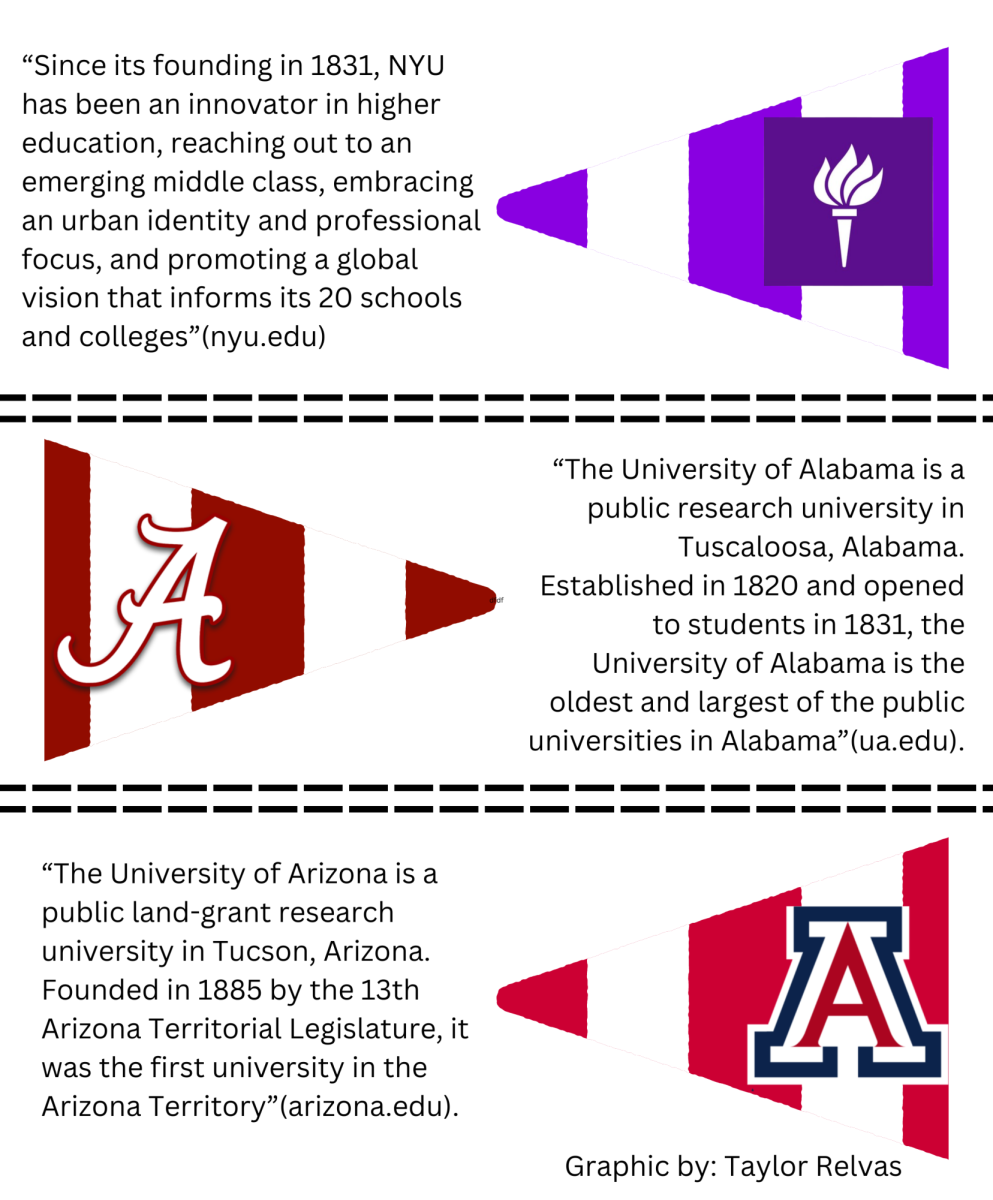As the college application season continues, as usual, representatives from various institutions, eager to introduce their campuses and programs to prospective students, are welcomed to campus. However, a growing concern among students and parents is that these college visits are often scheduled during class hours, making it challenging for students to actively engage with these opportunities.
High school students are faced with the tough decision of choosing between attending their regular classes and visiting college representatives during these scheduled visits. This clash between academic responsibilities and college exploration is a growing source of frustration among students and parents alike.
Teachers and school administrators also find themselves caught in the middle of this scheduling dilemma. While they recognize the importance of students exploring post-secondary options, they are also responsible for ensuring students receive a quality education during the limited class time available.
This dilemma prompts questions about whether there might be a more effective way to schedule these college visits. Some students and parents suggest that colleges should consider hosting information sessions during non-class hours, such as lunch breaks, after-school hours, or on weekends, to provide students with a better opportunity to engage and ask questions. This seems like the most beneficial option, as currently many students do not even know about the visits due to their timing and promotion.
College representatives, while well-intentioned, might unknowingly hinder their chances of attracting potential students by scheduling visits during class hours. In these time-sensitive and academically challenging years, high school students need an efficient and effective way to explore their college options. In the coming weeks, as colleges continue their recruitment efforts, it remains to be seen whether there will be a shift in scheduling practices to better accommodate the needs of students and schools.
In the end, the goal is to provide students with opportunities to make informed decisions about their higher education options without compromising their ongoing education. It is a balance that schools, colleges, and students must strive to achieve collaboratively.




